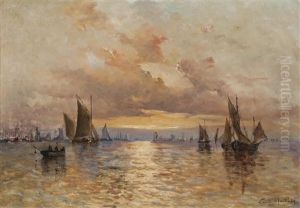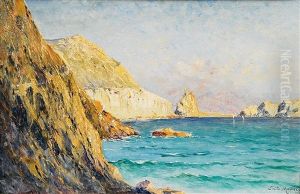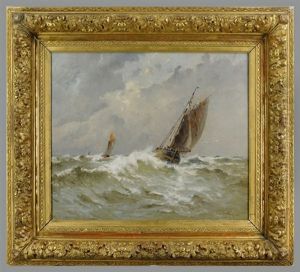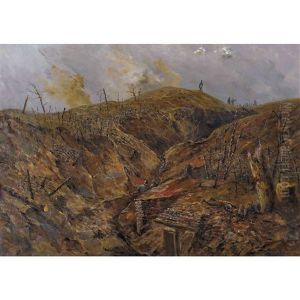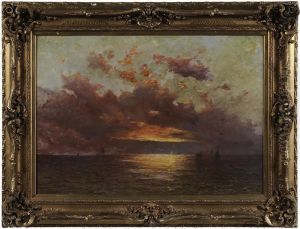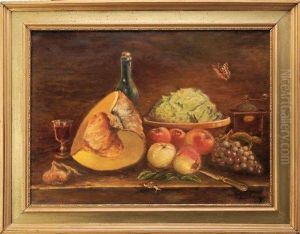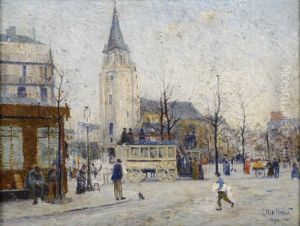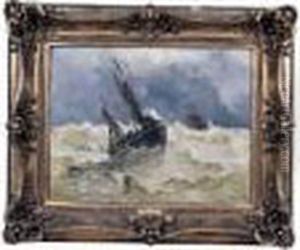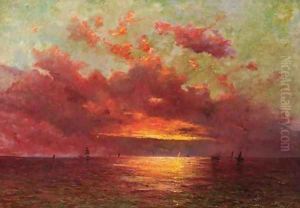Emile Maillard Paintings
Émile Maillard was a French artist renowned for his contributions to painting and sculpture during the 19th and early 20th centuries. Born in Paris, France, in 1846, Maillard's artistic journey began at a young age, influenced by the vibrant cultural atmosphere of Paris, which was then the heart of the European art world. He pursued his education in the arts at the prestigious École des Beaux-Arts in Paris, where he was mentored by some of the leading artists of his time.
Maillard's work was characterized by its diversity, as he was proficient in both painting and sculpture. His artistic style evolved over the years, reflecting the various movements and trends that swept through the art world during his lifetime, including Realism, Impressionism, and Symbolism. However, he is perhaps best remembered for his portraiture and decorative sculptures, which exhibited a keen attention to detail, a deep appreciation for beauty, and a subtle yet profound expression of emotion.
Throughout his career, Maillard exhibited his work in various salons and galleries, gaining recognition and accolades from both critics and the public. His sculptures and paintings were celebrated for their technical proficiency, emotional depth, and aesthetic appeal. Despite facing the challenges of the changing art world and the advent of Modernism, Maillard's work remained relevant and respected among his peers and subsequent generations of artists.
Émile Maillard's contributions to art were not limited to his creations. He was also involved in the artistic community as a mentor and supporter of emerging artists, encouraging innovation and experimentation. His legacy is preserved not only through his artworks, which can be found in museums and private collections around the world but also through his influence on the artists who followed in his footsteps.
Maillard passed away in 1926, leaving behind a body of work that continues to be admired for its beauty, technical skill, and emotional resonance. His life and work offer a fascinating glimpse into the world of French art during a period of significant change and innovation, making him a noteworthy figure in the history of art.
